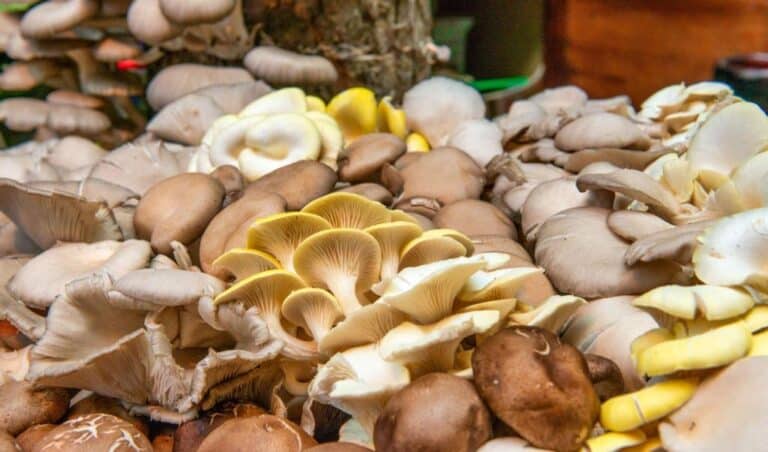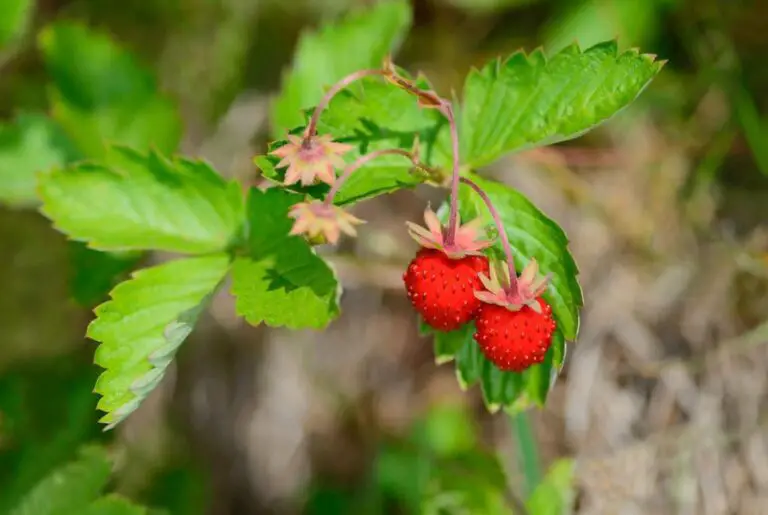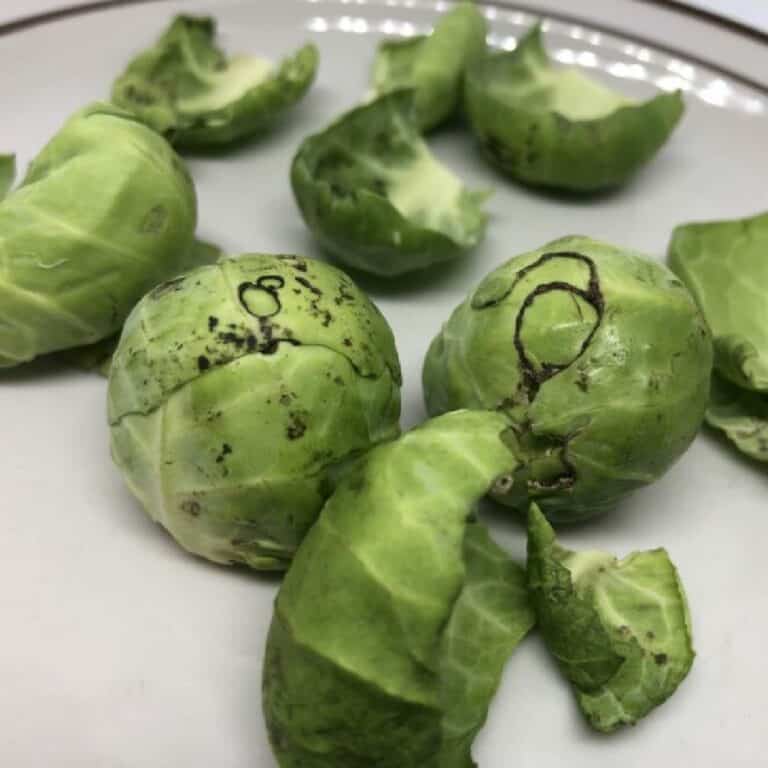How Many Times a Year Can You Cut Hay? Do You Replant Hay Every Year?

If you are involved in agriculture or livestock farming, hay is likely a crucial part of your operation. It is a type of grass that is cut and baled to be used as animal feed during the winter months when grazing is not possible.
However, there are many questions surrounding hay production, such as how many times a year you can cut hay and whether you need to replant hay every year. In this article, we will explore these questions and other related topics to help you understand more about hay production.
Introduction
Hay is an important agricultural commodity that is used as animal feed. It is typically harvested in the summer and stored for use during the winter months, when there is no fresh pasture available.
Hay can be made from different types of grasses and legumes, and its quality can vary depending on the type of hay and the harvesting process. The importance of hay in agriculture and livestock farming cannot be overstated, as it provides essential nutrients for animals to survive during the winter months.
Types of Hay
There are several different types of hay, each with its own unique characteristics and uses. Some of the most common types of hay include:
- Alfalfa: A high-protein hay that is often used to feed livestock, especially dairy cows.
- Timothy: A low-protein hay that is often used as horse feed.
- Orchard grass: A high-quality hay that is often used to feed horses and cattle.
- Bermuda grass: A warm-season hay that is often used in southern regions.
- Fescue: A cool-season hay that is often used for livestock feed.
When choosing a type of hay, it’s important to consider the nutritional needs of your animals as well as the growing conditions in your area. You’ll also want to consider the availability and cost of each type of hay, as well as any special storage or handling requirements.
How Many Times a Year Can You Cut Hay?
The frequency of hay cutting depends on several factors, including the type of hay, soil fertility, weather conditions, and the intended use of the hay.
Generally, the hay cutting season lasts from May to September, and during this period, you can cut hay multiple times. However, the exact frequency of hay cutting can vary depending on the factors mentioned above.
Factors Affecting Hay Cutting Frequency
- Type of hay: Different types of hay have different growth patterns and may require different cutting frequencies. For instance, legume hay such as alfalfa is cut three to four times a year, while grass hay is usually cut two to three times a year.
- Soil fertility: Soil fertility affects the growth rate of hay. If the soil is nutrient-rich, the hay may grow faster, allowing for more frequent cutting.
- Weather conditions: The weather can also affect the growth rate of hay. In wet conditions, hay may grow faster, allowing for more frequent cutting. However, in dry conditions, the hay may not grow as fast, and cutting may need to be less frequent.
- Intended use of the hay: The intended use of the hay can also affect the cutting frequency. If the hay is intended for animal feed, it may need to be cut more frequently to ensure that it is of good quality. However, if the hay is intended for other purposes, such as mulch, cutting may be less frequent.
How to Determine the Best Time to Cut Hay
The best time to cut hay depends on several factors, including the stage of growth of the hay, the weather, and the intended use of the hay. In general, hay should be cut when it has reached the proper stage of maturity, which varies depending on the type of hay. Cutting at the right time ensures that the hay is of good quality and has maximum nutritional value.
Benefits of Hay Cutting
There are several benefits to hay cutting, including environmental, economic, and health benefits.
Environmental Benefits of Hay Cutting
- Reducing greenhouse gases: Hay cutting reduces greenhouse gases by sequestering carbon in the soil.
- Preventing soil erosion: Hay cutting helps prevent soil erosion by increasing soil stability.
- Enhancing biodiversity: Hay cutting creates habitats for wildlife, especially when mixed with other crops.
Economic Benefits of Hay Cutting
- Source of income: Hay can be sold to other farmers, providing a source of income.
- Cost savings: Hay production can reduce the cost of animal feed by producing it on the farm.
Health Benefits of Hay Cutting
- Improved animal health: High-quality hay provides essential nutrients to animals, improving their health.
Common Hay Cutting Mistakes
While hay cutting may seem like a straightforward process, there are several common mistakes that farmers can make. Here are some of the most common hay cutting mistakes and how to avoid them:
- Cutting the hay too early: Cutting hay too early can result in poor yields and low-quality hay. It is important to wait until the hay has reached the proper maturity level before cutting it.
- Cutting the hay too late: Cutting hay too late can result in tough, stemmy hay that is difficult for livestock to digest. It is important to cut the hay before it becomes overripe.
- Failing to properly condition the hay: Conditioning the hay involves drying it out to prevent spoilage. Failing to properly condition the hay can result in mold and spoilage, which can be harmful to livestock.
- Failing to properly store the hay: As mentioned earlier, proper storage is crucial to maintaining the quality of hay. Failing to store the hay properly can result in spoilage and nutrient loss.
- Cutting the hay too short: Cutting the hay too short can result in nutrient loss and damage to the root system. It is important to cut the hay at the proper height to maintain its quality and yield.
- Failing to properly fertilize the hay: Fertilization is important to ensure the hay has the proper nutrients for livestock. Failing to properly fertilize the hay can result in low-quality hay that is not nutritious.
Can Hay Be Used as Mulch in a Vegetable Garden?
Hay is often used as mulch in vegetable gardens, and it has several advantages. For one, it can help reduce weed growth in the garden as it blocks out sunlight and prevents weed seeds from germinating.
Additionally, hay can help conserve soil moisture by reducing evaporation. Finally, as hay breaks down, it adds nutrients to the soil, which can help support healthy plant growth.
To use hay as mulch in your vegetable garden, simply spread a layer of it over the soil around your plants. Be sure to leave a little space around the base of each plant to prevent moisture buildup that can lead to rot. It’s also a good idea to use organic hay that hasn’t been treated with pesticides or herbicides, as these chemicals can be harmful to your garden plants.
How Much Land Do I Need to Grow Enough Hay for My Livestock?
The amount of land you need to grow enough hay for your livestock will depend on several factors, including the size and number of your animals, the type of hay you’re growing, and the quality of your soil. As a general rule of thumb, you’ll need to grow about 1.5 to 2 acres of hay per cow if you want to feed them year-round.
However, it’s important to keep in mind that this is just a rough estimate. The actual amount of land you’ll need will vary depending on the specific needs of your animals and the growing conditions in your area. If you’re not sure how much land you need to grow enough hay for your livestock, it’s a good idea to consult with a local agriculture expert who can help you make an accurate assessment.
Replanting Hay
Replanting hay is an important part of maintaining a healthy and productive hay field. The frequency with which you need to replant your hay field will depend on several factors, including the type of hay you’re growing, the age of your hay field, and the quality of your soil.
In general, most hay fields will need to be replanted every 3 to 5 years. This is because the plants in the field will start to die off over time, which can lead to reduced yields and lower quality hay. Additionally, replanting can help improve soil health by adding organic matter and nutrients.
When replanting your hay field, it’s important to choose the right type of seed for your soil and growing conditions. You’ll also need to consider factors like irrigation and weed control, as these can have a big impact on the success of your new crop.
Method for Storing Hay
Once the hay has been cut, it is important to properly store it to ensure its quality is maintained. There are different methods of hay storage, each with its own pros and cons. Some common methods include:
- Baling and stacking: This is the most common method of hay storage. The hay is baled using a hay baler, then stacked in a hay barn or outside. Baled hay is easier to transport and store, and it is less susceptible to spoilage compared to loose hay. However, baling and stacking require expensive equipment, and the hay must be stored in a dry area to prevent spoilage.
- Loose stack: This method involves stacking the hay in a large pile without baling it. Loose stacking is cheaper and requires less equipment than baling, but it is more susceptible to spoilage due to moisture.
- Silage: Silage is a fermented feed made from chopped hay or other crops, and stored in a silo or bunker. Silage is a good option for farmers who have a large amount of hay to store, as it can be stored for longer periods without losing quality. However, silage requires a specialized harvesting process and can be expensive to produce.
- Haylage: Haylage is a form of silage made specifically from hay. It is a good option for farmers who have excess hay and want to preserve it for future use. Haylage is a good source of nutrition for livestock, but it requires a specialized harvesting process and storage conditions.
Tips for Storing Hay
Regardless of the storage method used, there are several tips that farmers can follow to ensure their hay remains of good quality:
- Store the hay in a dry, well-ventilated area to prevent moisture buildup.
- Protect the hay from sunlight to prevent nutrient loss and color fade.
- Check the hay regularly for signs of mold or spoilage.
- Keep the hay off the ground to prevent moisture absorption.
- Use a preservative to reduce the risk of mold and yeast growth.
- Cover the hay with a tarp or other protective covering to prevent damage from the weather.
- Use older hay before newer hay to prevent spoilage.
To ensure the best quality of hay, it’s important to store it in a cool, dry, and well-ventilated area. Hay should be stacked in such a way that air can circulate freely around it, which can help prevent mold growth and spoilage.







